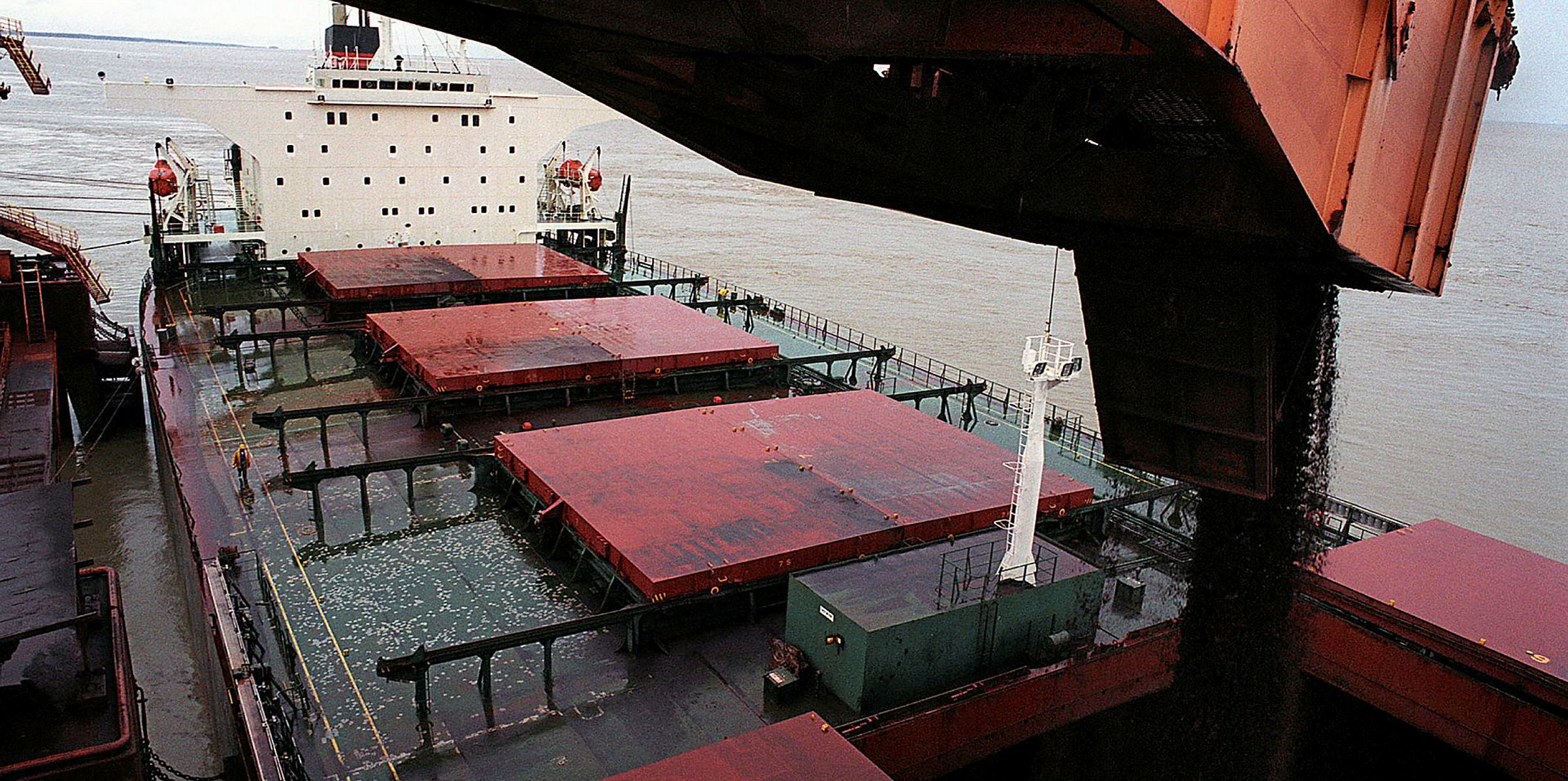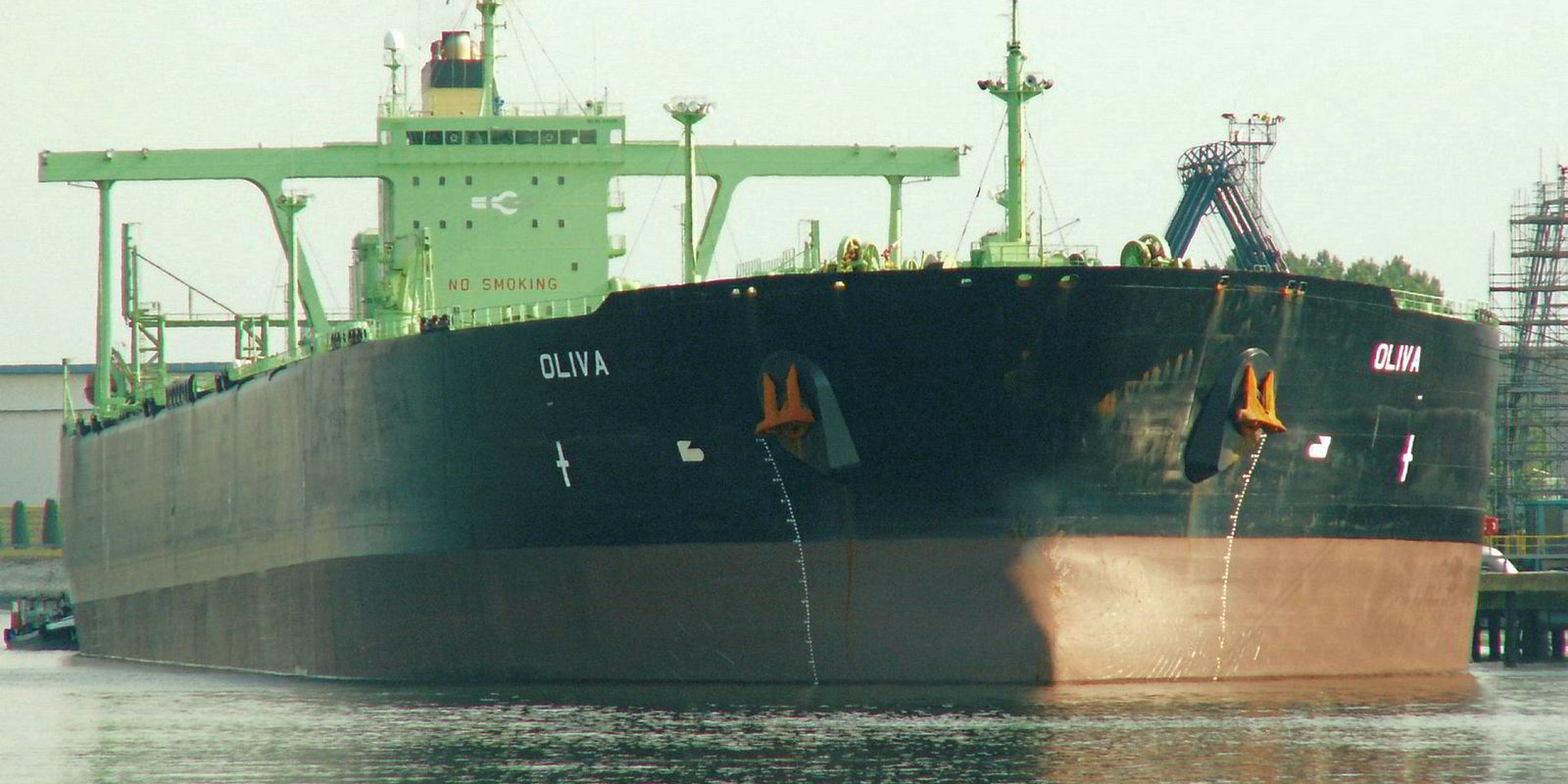Bulker operators are turning towards slow steaming amid a weak earnings environment and high bunker prices, according to experts.
Based on the Liengaard & Roschmann Dry Bulk Vesselindex, the optimal speed for capesizes and panamaxes was lower, at 11 knots, in the eighth week of 2019 against the last week of 2018. The estimates for supramaxes and handysizes were also lower at 11.1 knots.
The 2018 index figures show optimal speeds were: capesizes 12.1 knots, panamaxes 12.5 knots, supramaxes 12.9 knots and handysizes 13.7 knots.
Even greater scale
“Slow steaming has been part of life for the last few years ... Now that rates have come down to below cash break-even levels for almost all dry bulk ships, slow steaming will be resorted to on an even greater scale,” Precious Shipping managing director Khalid Hashim told TradeWinds.
The Baltic Dry Index was at 637 points at the beginning of this week, sharply lower than the end-2018 level of 1,271, with bearish macroeconomic signals in Asia, continued demand slowdown in China and lower iron-ore exports from Brazil after the collapse of a Vale dam containing mining waste that is believed to have killed hundreds of people.

“Currently, the market conditions are optimal for maximum slow steaming as time charter rates are low and bunker prices are reasonably strong. Expect more, rather than less, of slow steaming,” Hashim said.
The global average bunker price was slightly above $430 per tonne earlier this week, down from its October peak of $510 but still up more than 10% from the year-ago level, according to Ship & Bunker.
However, many charterers have incentives to speed up deliveries of their iron-ore cargoes in the short run, curbing the slow-steaming efforts of bulker operators.
Data from Bloomberg shows iron-ore prices in China, the world’s top consumer of the raw material, have increased by nearly 20% since Vale’s accident at the end of January. Iron ore accounted for nearly 30% of the world’s seaborne dry bulk trade volume, according to Clarksons.
“Charterers will want their iron ore to get to the destinations quicker,” VesselsValue analyst Court Smith said. “So laden voyages would need to be quicker.”
VesselsValue suggests the average laden speed of bulkers in operation worldwide was 11.03 knots this month, up from 10.94 knots in December, which was the lowest since it began to compile such data in 2012.
Ballast speed has averaged 11.6 knots in February, a record low.
The switch to low-sulphur fuel oil (LSFO) required by the IMO by 2020 will continue to incentivise slower vessel speed, according to Drewry’s lead dry bulk analyst, Rahul Sharan
“Many owners are opting to use LSFO and we expect that LSFO will come at a premium. High demand of LSFO will push its prices higher,” Sharan said. “The older vessels whose fuel efficiency is low could be hit hard, and then many would slow-steam.”





